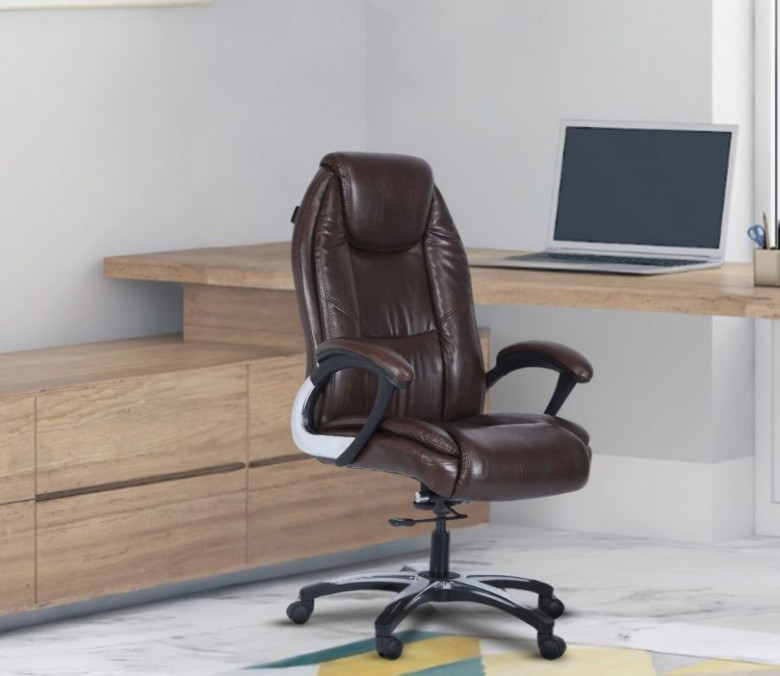views
Smart Ways to Choose the Right Office Chair for Comfort and Productivity
Choosing the right office chair isn’t just about aesthetics—it’s about long-term comfort, productivity, and health. Whether you're setting up a home office or upgrading your workplace seating, making a smart decision can prevent back pain, improve focus, and support your posture throughout the day. With so many options available, it's easy to get overwhelmed.
To simplify your selection process, here are 3 smart ways to choose the right office chair that suits your work style and physical needs.

1. Prioritize Ergonomic Features for Long-Term Comfort
Ergonomics should be your top priority when choosing an office chair. A chair that’s not ergonomically designed may lead to posture problems, backaches, or fatigue after long work hours. An ergonomic chair supports your natural posture and allows adjustments that fit your body perfectly.
What to Look For:
-
Adjustable seat height to ensure your feet rest flat on the floor
-
Lumbar support that conforms to the natural curve of your lower back
-
Tilt and recline features for movement and comfort during long sessions
-
Adjustable armrests that reduce shoulder strain
A good ergonomic chair adapts to you—not the other way around. When your chair supports your body properly, you reduce discomfort and improve your overall productivity.
2. Choose the Right Materials and Build Quality
Durability and breathability play a key role in comfort, especially if you're using the chair for extended periods daily. Selecting the right material ensures a better sitting experience while also influencing how long your chair lasts.
Smart Material Choices:
-
Mesh backrest: Provides breathability and ventilation, ideal for hot climates or long hours.
-
Memory foam or cushioned seats: Offers softness without compromising support.
-
PU leather or fabric upholstery: PU leather is easy to clean, while fabric allows better airflow.
Don’t overlook build quality—look for a sturdy metal or hardwood base, smooth-rolling wheels, and a high weight capacity. These factors ensure that the chair remains stable and functional for years.
3. Match the Chair to Your Work Style and Space
Your daily work routine should also guide your decision. A graphic designer or content writer might need a different type of chair than someone who’s always on video calls or using dual monitors.
Work Style Considerations:
-
For long hours at a desk: Go for a high-back ergonomic chair with a headrest and lumbar support.
-
For flexible or shared spaces: Opt for a mid-back chair with basic adjustability and mobility.
-
For compact home offices: Consider armless or folding chairs that save space without sacrificing comfort.
Also, factor in aesthetics. A sleek office chair that complements your interior can elevate the visual appeal of your workspace, boosting your mood and motivation.
Conclusion
Investing in the right office chair is a smart decision that pays off daily. By prioritizing ergonomics, choosing durable materials, and matching your selection to your work habits, you’ll create a more comfortable and productive environment. Don’t settle for just any seat—choose the chair that supports your success.



Comments
0 comment